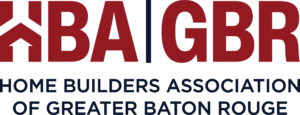
After strong opposition from NAHB and many other housing, consumer advocacy, and banking groups, the Federal Housing Finance Agency (FHFA) said today that it has ordered Fannie Mae and Freddie Mac to delay until Dec. 1, 2020, the implementation of a new 0.5% surcharge on mortgage refinances.
The government-backed mortgage guarantors on Aug. 13 announced they would charge an additional 0.5% fee on refinanced mortgages they purchase beginning Sept. 1 due to “market and economic uncertainty” caused by the pandemic and subsequent economic shutdowns.
NAHB joined with 19 other housing and banking organizations — including the American Bankers Association, Center for Responsible Lending, Mortgage Bankers Association and National Association of Realtors — to issue a strong statement opposing the move.
NAHB still believes this action was ill-conceived and could not come at a worse time. Housing has been keeping the economy afloat during the coronavirus pandemic, so it makes absolutely no sense for Fannie Mae and Freddie Mac to increase financing costs for mortgage borrowers during an economic crisis.
By some estimates, the 0.5% fee would amount to a $1,400 surcharge on the average loan Fannie and Freddie purchase.
Under the new structure announced by the FHFA today, refinance loans with balances below $125,000 will be exempt from the 0.5% fee.
NAHB thanks FHFA Director Mark Calabria and the administration for listening to concerns expressed over the past two weeks.





















